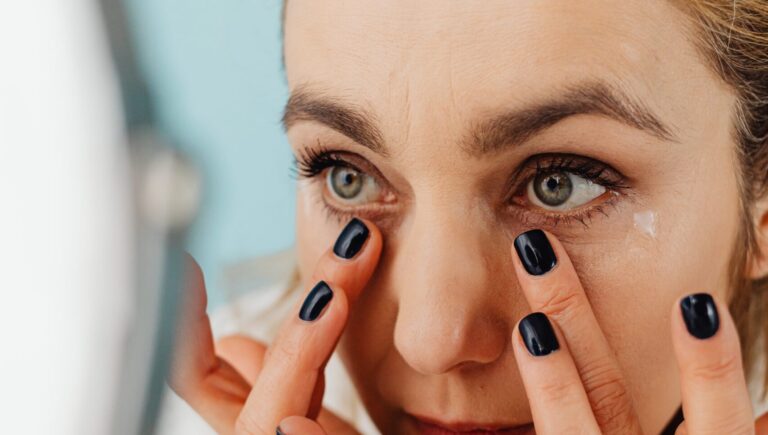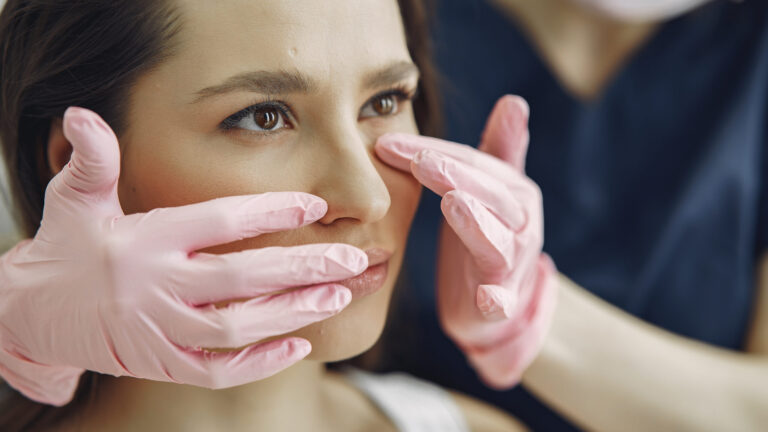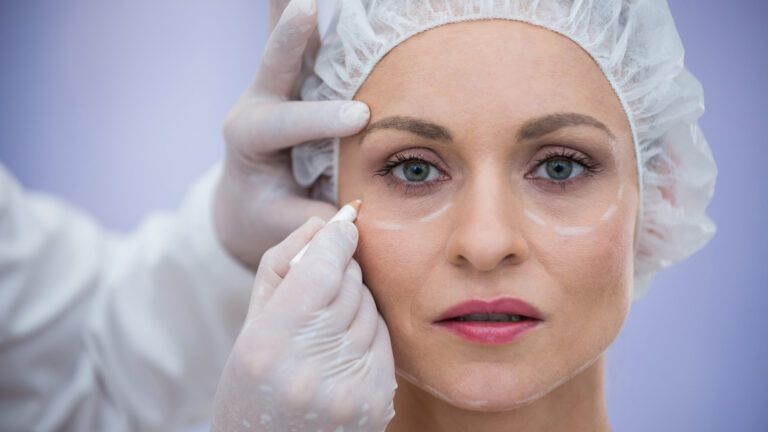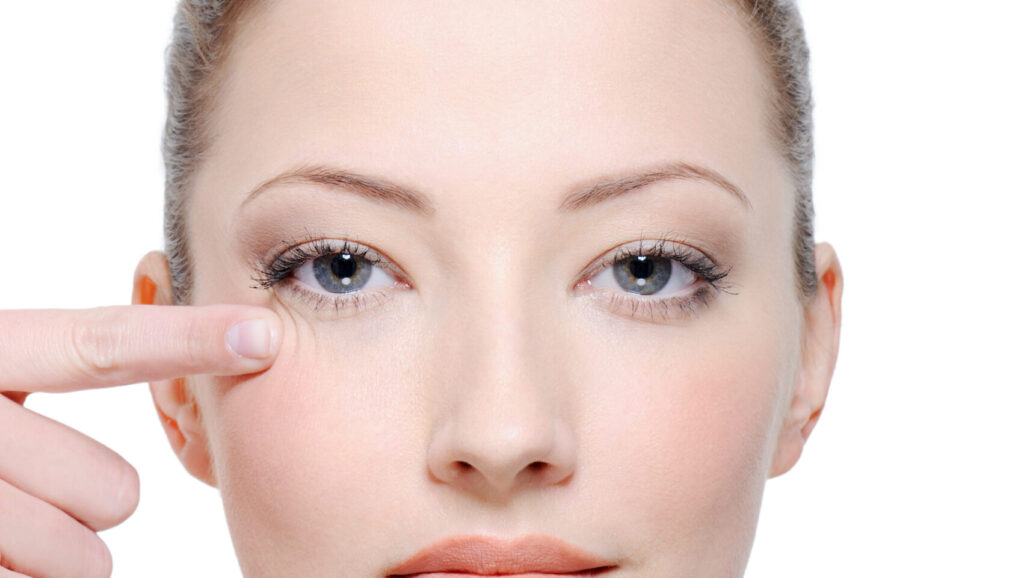As a non-surgical cosmetic procedure for renewing the under-eye area, under-eye fillers have grown in popularity. However, there are misunderstandings and worries about the safety of under-eye fillers, especially in light of their potential impact on vision.
We’ll examine the facts behind the notion that under-eye fillers harm eyesight in this blog article and give you reliable information to support your decision-making. Let’s go into the subject now!

Dermal fillers, commonly referred to as “tear trough fillers,” are injected beneath the eyes to add volume, lessen the appearance of dark circles, and enhance facial attractiveness. These fillers frequently contain hyaluronic acid, a chemical that occurs naturally in the body and aids in hydrating and plumping the skin.
The Claim:
Do Under-Eye Fillers Damage Eyesight?
There is a widespread misperception that eye damage might result from under-eye injections. It’s crucial to stress that under-eye filler injections do not directly endanger eyesight when carried out by a licensed and skilled medical practitioner.

The following points debunk the myth:
Proper Injection Technique:
Precision and knowledge are needed for the administration of under-eye fillers. Specialists in cosmetic medicine are trained to provide these injections safely and ensure that the filler is injected into the proper layer of the skin. The filler is not injected into or close to the eye when the treatment is done properly.
Non-Invasive Nature:
Non-invasive procedures, such as under-eye fillers, don’t entail surgery or other invasive techniques that can harm one’s vision. The superficial injections increase volume and minimize the appearance of dark circles by specifically targeting the area surrounding the tear troughs.
Minuscule Amounts Used:
In under-eye procedures, a minimal amount of filler is normally employed. To produce outcomes that look natural, medical professionals meticulously determine and give the right dosage. The filler won’t press against the eye structures or impair vision because of the small amount of filler that is employed.
Hyaluronic Acid's Safety Profile:
National Institutes Of Health says that hyaluronic acid has been used widely in therapeutic settings, mostly by injection, with no serious side effects. According to the safety assessment, hyaluronic acid and its sodium and potassium salts are regarded as safe for use in cosmetics. The primary component of under-eye fillers, hyaluronic acid, is biocompatible and biodegradable. It has a strong safety record and has been widely utilized in many cosmetic operations, including under-eye treatments. The body normally tolerates hyaluronic acid fillers well, and eye-related side effects or problems are quite uncommon.
Potential Risks and Precautions:
As with any cosmetic operation, there are potential hazards and factors to be aware of even though under-eye fillers do not directly endanger eyesight.
- Reactions at the Injection Site: Some people may experience brief reactions at the Injection Site, such as redness, swelling, bruising, or minor discomfort. These are typical and typically go away in a few days to a week.
- Selecting a Competent Practitioner: It’s essential to seek treatment from a licensed and experienced medical practitioner to reduce the dangers and guarantee the best outcomes. Check the doctor’s credentials, find out if they have expertise with under-eye fillers, and request to see before-and-after pictures of former clients.
- Personalized Assessment and Care: During the appointment, your practitioner will evaluate your particular facial anatomy, talk with you about your expectations, and give you tailored advice. They will make sure you understand everything before starting by outlining the procedure’s possible hazards and advantages.
- Rare Complications: Any dermal filler surgery has the potential to have rare complications. These might be granulomas, asymmetry, infections, allergic reactions, or vascular impairment. Your doctor will go over these dangers with you and take the appropriate steps to reduce them.

To sum it up...
Contrary to popular belief, when done by a trained practitioner, under-eye fillers do not harm eyesight. The non-invasive technique involves carefully placing fillers in the tear trough region to improve facial attractiveness. It’s important to select a qualified practitioner and be aware of any potential hazards as with any cosmetic procedure. By doing this, you may relax knowing that your vision won’t be harmed while enjoying the advantages of under-eye fillers.
Can One Go For Hydrafacial After Facial Laser Hair-Removal? Read to find out!
Wondering How Effective Is Mineral-Based CC Cream? Give this blog a read.

